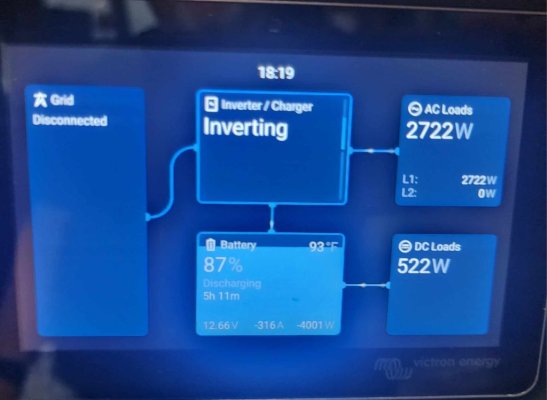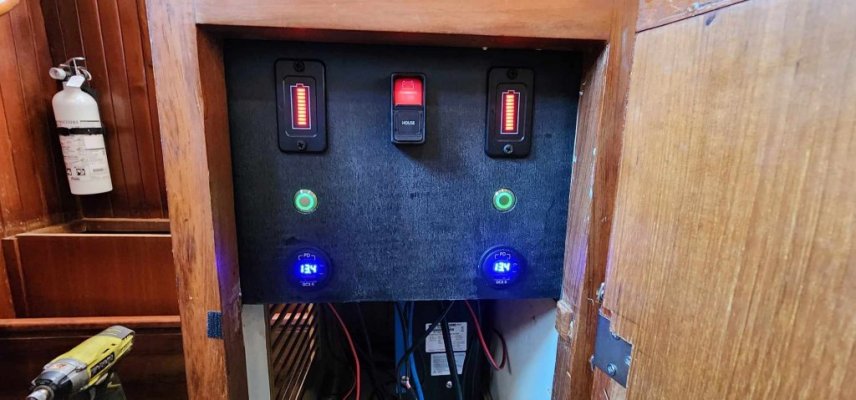dhays
Guru
- Joined
- May 26, 2015
- Messages
- 9,567
- Location
- Gig Harbor, WA
- Vessel Name
- Kinship
- Vessel Make
- 2010 North Pacific 43
My Thruster bank was able to be resurrected. My house bank OTOH, just isn't recovering from my recent power outage at the dock and the resulting deep discharge of my 4 x L16 6V house batteries. They are 7 years old. As soon as I shut off the charger today when I was down on the boat, that bank dropped to 11.9v within a few minutes without any load on the bank.
So I want to replace it with Lithium. The question come as to what battery to use.
I trust CMS's opinions and he likes Epoch. They do have a nice 460AH battery but they are relatively expensive.
For less expensive options Rod likes some of the Vatrer or LiTime batteries for a cheaper option. Both Vatrer and Litime have a 460AH battery. Neither of those has internal heating. However, while we do get cold here, normally the boat never gets below freezing and I do have some low heat in the space where the the batteries are kept to keep it above freezing. So I'm not sure if that is an issue or not. I don't want to cheap out on these batteries, partly because the technology is new to me. At the same time, the Vatrer or Litime batteries are $1200 each. The Epoch are $1800 each, half again as much! I know a number of you have already done this, any recommendations?
Do folks normally put lithium batteries in boxes? I like having my current batteries in boxes because the space they are in serves as a major storage space for all kinds of gear. It is nice having the batteries protected.
So I want to replace it with Lithium. The question come as to what battery to use.
I trust CMS's opinions and he likes Epoch. They do have a nice 460AH battery but they are relatively expensive.
For less expensive options Rod likes some of the Vatrer or LiTime batteries for a cheaper option. Both Vatrer and Litime have a 460AH battery. Neither of those has internal heating. However, while we do get cold here, normally the boat never gets below freezing and I do have some low heat in the space where the the batteries are kept to keep it above freezing. So I'm not sure if that is an issue or not. I don't want to cheap out on these batteries, partly because the technology is new to me. At the same time, the Vatrer or Litime batteries are $1200 each. The Epoch are $1800 each, half again as much! I know a number of you have already done this, any recommendations?
Do folks normally put lithium batteries in boxes? I like having my current batteries in boxes because the space they are in serves as a major storage space for all kinds of gear. It is nice having the batteries protected.



